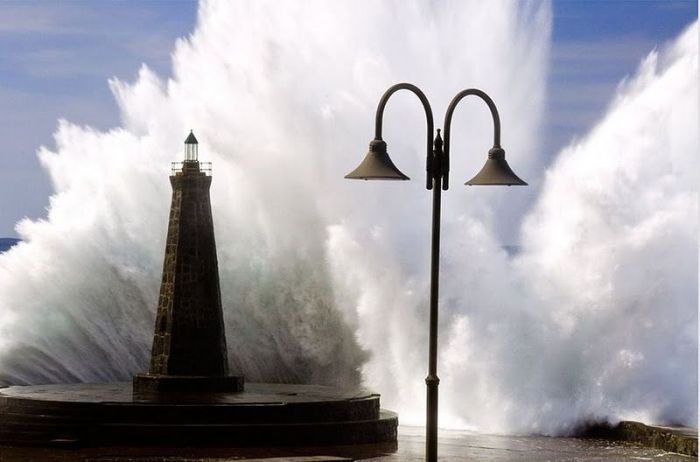|
|
Lighthouse In Waves
|
In a lighthouse, the source of light is called the "lamp" (whether electric or fueled by oil) and the concentration of the light is by the "lens" or "optic". Originally lit by open fires and later candles, the Argand hollow wick lamp and parabolic reflector was developed around 1781 in Europe. In the US, whale oil was used with solid wicks as the source of light, until the Argand parabolic reflector system was introduced around 1810 by Winslow Lewis. Colza oil replaced whale oil in the early 1850s, but US farmers' lack of interest in growing this caused the service to switch to lard oil in the mid 1850s. Kerosene started replacing lard oil in the 1870s and the service was finally totally converted by the late 1880s. Electricity and carbide (acetylene gas) started to replace kerosene around the turn of the 20th century. The use of the latter was promoted by the Dalén light, which automatically lit the lamp at nightfall and extinguished it at dawn.
Lens technology
Prior to modern strobe lights, lenses were used to concentrate the light from a continuous source. Two tasks were involved:
|
|









